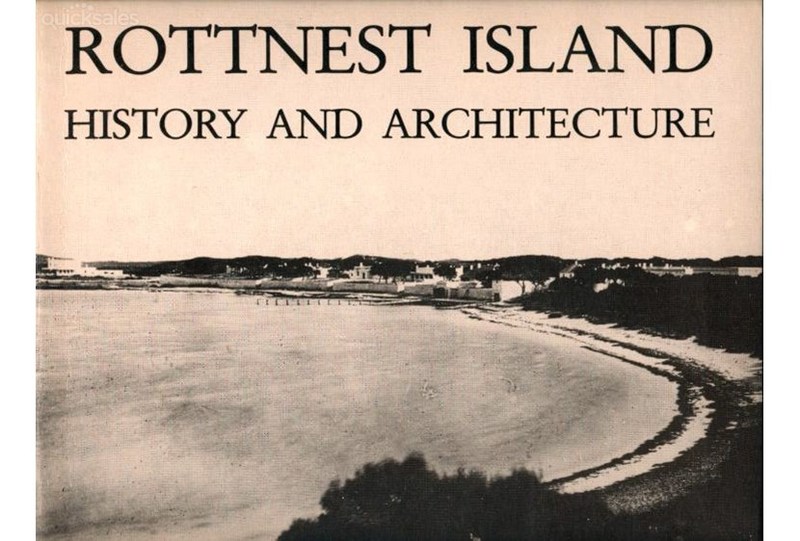FINE HARDCOVER COPY WEST AUSTRALIANA ABORIGINAL > The book touches briefly on times when Dutch vessels were being wrecked on our reefs and the French were teasing the British with their presence on the west coast of Australia. It describes in detail the involvement of the early settlers endeavouring to escape from conflict with mainland Aborigines, the Island’s role as a penal settlement for Aboriginal prisoners and its later service as a boys’ reformatory and Governor’s summer residence.
After closure of the prison, the Island’s development as a recreational reserve and its use by the army during and after the first world war are traced. This important and unique study records one of the largest groups of early colonial buildings in Australia, presenting details of their construction and illuminating those persons responsible for their existence.
Well illustrated with maps, architectural plans and drawings, photographs.
- xiii, 126 p. : ill., facsims., maps, plans ; 26 x 30 cm.
Study of Aboriginal languages and the establishment of Rottnest Island as an island prison for Aboriginal people – p. 8; escape of Aboriginal people from Rottnest and rising tensions – p. 9; lack of records of Aboriginal people imprisoned on Rottnest and the conviction of an Aboriginal man Wewar for “murdering one of his own race” references to tensions between tradiotional and Western law – p. 15; scattered references thereafter.
#170116r/1220/160822/310524 Scarce Hardcover First Edition.
- Historic buildings — Western Australia — Rottnest Island
- Law – Indigenous – Relation to Anglo Australian law
- Race relations – Violent – Massacres, murders, poisonings etc. – To 1900
- Settlement and contacts – Colonisation – 1788-1850
- Law enforcement – Prisons – Prisoners
- Noongar / Nyungar / Nyungah people (W41) (WA SI50)
- Rottnest Island (W.A.) — History
- Rottnest Island / Wadjemup (SW WA SH50-14)
